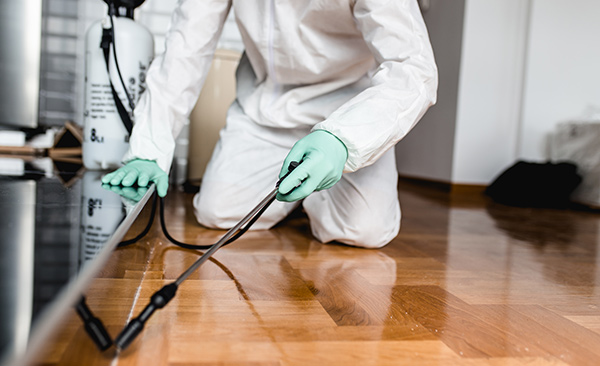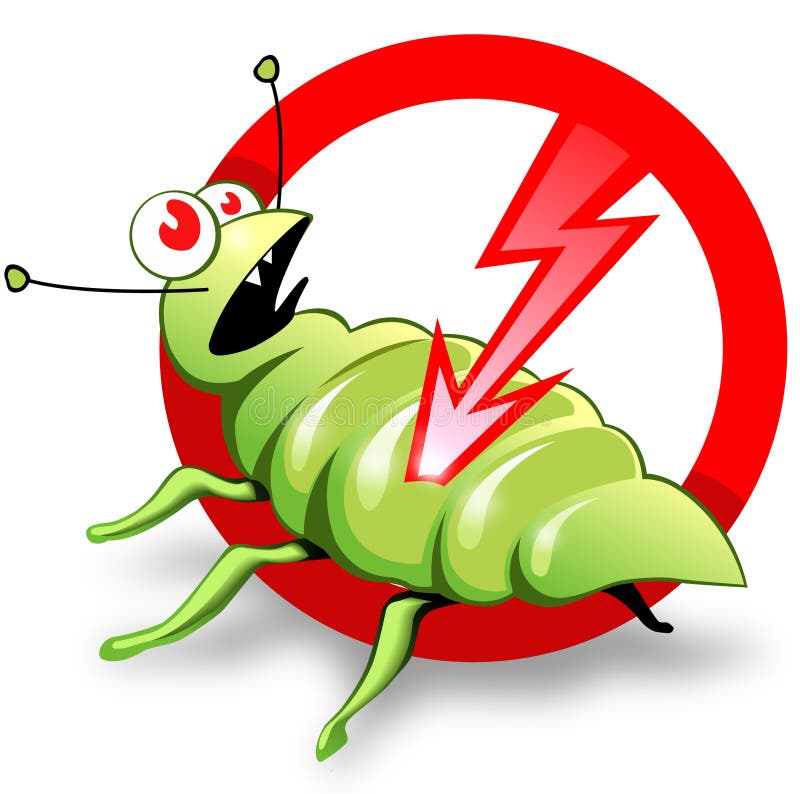Checking Out Infestation and Therapy Methods on the planet of Pest Control
The landscape of bug control includes a myriad of challenges, specifically as invasions of common house insects continue to progress. Comprehending the behaviors and reproductive patterns of these hassles is important for developing efficient treatment methods. By integrating safety nets with advanced administration strategies, such as Integrated Pest Management (IPM), home owners can much better secure their atmospheres. However, the performance of these techniques might vary dramatically based on certain conditions. What hidden factors add to the success or failure of these techniques in various setups?

Typical House Vermin
When it comes to managing our space, comprehending usual home insects is vital. These parasites not just interrupt our convenience yet can also pose health dangers and damage property. One of the most widespread household pests consist of ants, roaches, rats, termites, and bed insects.
Ants, usually seen foraging in cooking areas, can pollute food and establish huge nests. Rats, consisting of mice and rats, can create structural damage and bring conditions like hantavirus and salmonella.
Recognizing the indications of these insects, such as droppings, nests, or attack marks, is necessary for early treatment (Pest Control Lockhart). Proper hygiene methods, securing entrance factors, and preserving a clutter-free environment are efficient preventative steps. By recognizing these common house insects and recognizing their habits, homeowners can take positive actions to alleviate problems, making sure a much healthier living atmosphere
Recognizing Pest Infestations
Parasite invasions can escalate swiftly, transforming a minor nuisance right into a substantial problem if not addressed quickly. Typical aspects adding to problems consist of bad hygiene, architectural susceptabilities, and seasonal adjustments that drive parasites inside.
Identifying the type of pest is important, as different species exhibit varied actions and reproductive rates. As an example, rats may establish nests in covert areas while insects like roaches grow in moist atmospheres. Early discovery usually depends upon acknowledging indications such as droppings, nibble marks, or unusual audios, which can suggest an issue before it comes to be extreme.
Ecological conditions additionally play an essential function in insect spreading. Cozy, humid environments can promote the fast growth of parasite populaces, while changes in landscape design or building can inadvertently develop favorable atmospheres. Therefore, normal evaluations and preventative measures are extremely important to reducing the threat of invasions. An informed technique to understanding these characteristics prepares for reliable pest management methods in the future.
Treatment Approaches and Techniques
Effective treatment techniques and strategies are important for alleviating pest infestations and bring back a risk-free setting. A multifaceted method is usually best, incorporating chemical, biological, and mechanical techniques tailored to look at more info the certain parasite and the severity of the infestation.
Chemical treatments consist of the usage of pesticides and herbicides, which can successfully remove bugs. Correct application and adherence to safety guidelines are essential to reduce threats to humans and non-target microorganisms. Integrated Pest Management (IPM) encourages the cautious use of chemicals as a last hope, relying instead on surveillance and threshold levels to identify treatment requirements.
Biological control methods entail introducing natural killers or parasites to lower bug populations. This approach is significantly prominent, particularly in farming settings, as it advertises environmental sustainability.
Mechanical approaches, such as traps and obstacles, supply immediate alleviation from insects without presenting chemicals. Choices consist of sticky traps for this link pests or see this page physical barriers for rats.
Ultimately, the selection of treatment approach ought to take into consideration the particular parasite, the atmosphere, and possible impacts on human health and environments. A well balanced combination of these approaches can efficiently take care of infestations while promoting lasting pest control options.
Safety Nets for Residence
Proactively dealing with bug concerns before they intensify is essential for maintaining a healthy home atmosphere (Pest Control Lockhart). Implementing efficient safety nets can considerably minimize the chance of infestations, eventually securing both your property and well-being

Appropriate landscape design also plays an important function in prevention. Keeping shrubs and trees cut away from your home lowers the opportunities of parasites locating their means inside. In addition, make certain that water drainage systems are working effectively to stop standing water, which can draw in insects and various other bugs.
Lastly, regular examinations are suggested. Regularly examining for indications of insect task enables early treatment. By embracing these preventive actions, homeowners can develop an environment that is much less congenial to pests, therefore improving their total lifestyle and reducing the demand for comprehensive parasite control interventions.
Industrial Parasite Control Strategies
A detailed method to business insect control is crucial for services intending to keep a safe and sanitary environment. Efficient strategies include a mix of regular examinations, employee training, and the application of Integrated Parasite Monitoring (IPM) methods.
Regular examinations allow very early discovery of insect task, permitting timely treatment. Businesses ought to create a regular schedule for these evaluations, concentrating on risky locations such as kitchens, storeroom, and waste disposal websites. Staff member training is equally important; team needs to be educated on the signs of insect invasions and the significance of reporting them quickly.
Implementing IPM practices assists reduce bug concerns sustainably. This consists of environment alteration, such as securing access factors and minimizing mess, as well as employing natural deterrents before resorting to chemical treatments.

Moreover, collaborating with a certified parasite control provider ensures access to expert knowledge and innovative therapy alternatives. This collaboration can cause personalized insect control intends customized to the details requirements of business, lessening dangers and enhancing overall efficiency. Inevitably, a positive and educated method fosters a pest-free environment, guarding both public wellness and service credibility.
Conclusion
Finally, reliable insect control necessitates a thorough understanding of typical house bugs and their behaviors, paired with targeted treatment methods. Applying safety nets along with treatment strategies such as Integrated Bug Administration and biological control boosts the capability to mitigate invasions. Regular assessments and a combination of chemical and mechanical remedies even more add to preserving pest-free environments. Inevitably, an all-around strategy to pest administration is essential for securing living rooms from unwanted burglars.